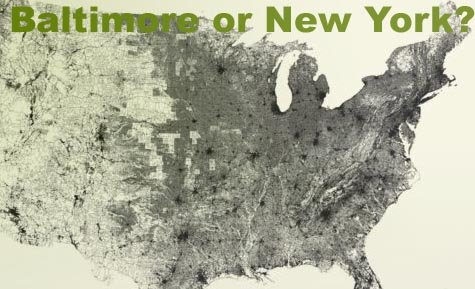Kelli suggested that we get the hotel room (which last time we just booked a hotel in basically the airport in Cusco) out of the way and I think we should maybe book our tickets to Macchu Picchu. Below are the times and the ticket prices. From: http://www.orient-express.com/web/tper/journeys/4_53409.jsp
TIMETABLE
Vistadome 1
Departs Cuzco 06.00
Arrives Machu Picchu 09.40
Departs 15.30
Arrives Cusco 19.20
Vistadome 2
Cuzco 07.00
Machu Picchu 11.00
Machu Picchu 17.00
Cuzco 21.25
Backpacker
Cuzco 06.15
Machu Picchu 10.15
Machu Picchu 15.55
Cuzco 20.20
Prices:(Roundtrip)
Vistadome: $113
Backpacker:$ 73
JOURNEY
The train journey from Cuzco to Machu Picchu is a highlight of any trip to the Andes. The 3 and a half hour journey takes you through a changing landscape. First there is a steep climb out of Cuzco into the surrounding hillside, by means of a series of switchback turns known locally as "the zig zag".
The train then stops at Poroy before descending into the Sacred Valley, passing by lush, green fields and colourful villages in the foothills of the Andes. After departing Poroy and going through Cachimayo, the train descends to the plateau of Anta, a patchwork landscape of typical Andean crops and passes lush fields and colourful villages in the foothills of the Andes.
Far to the left, just below the horizon, the massive agricultural terraces of Jaquijahuana can be seen, close to the village of Zurite. Sadly, these great terraces are all that remain today of what was once a major Inca city, lost forever during the first years after the Spanish conquest.
Beyond the town of Huarocondo the great plain narrows dramatically as the track enters a deep gorge carved by the rushing Pomatales River down which the railway, too, is funnelled until it meets the Urubamba River, which runs through the beautiful Sacred Valley.
The train passes through extensive areas of terracing dotted with the ruins of Inca fortresses. Bisecting this are still-visible sections of an ancient, long-abandoned highway adopted by the muleteers of the late 19th century, who used it to travel between Cuzco and the rubber plantations of the Amazon lowlands. Five kilometres beyond Pachar, is the village of Ollantaytambo where farmers work with the same patience and skill that their ancestors must have employed to shape and then move the huge blocks of stone with which they built both their homes and the temples in which they worshipped.
As the train leaves Ollantaytambo to begin the last part of its journey to Machu Picchu, the temple complex known as The Fortress, dedicated sometime in the 15th century to the many deities of the Inca pantheon, can be seen to the right above the earthwork ramp once used to drag its monolithic blocks up from the valley floor. The railway follows the river into the Urubamba Gorge.
At Coriwaynachina, known simply to the generations of hikers who have begun the Inca Trail there as Km 88, a fine staircase carved into the rock leads to a series of ruined buildings where once, it is said, Inca artisans took advantage of the constant wind that rises from the valley floor to smelt gold.Emerging from a short tunnel, a series of beautiful agricultural terraces marks the ruins of Qente, which in Quechua means hummingbird. In this fertile microclimate fed by a nearby waterfall, giant hummingbirds are indeed a common sight in the early morning and bright flowers bloom all year round.
Surrounded by tall ceibos and rocky outcrops hung with orchids and bromeliads, the train passes Km 104 at Chachabamba, from where the one-day trek to Machu Picchu via the magnificent ruins of Wiñay Wayna begins.At just two km from Machu Picchu, the train arrives at Aguas Calientes. Surrounded by the high, green mountains that cradle the famous lost city, as well as myriad other Inca remains, this small town, which is well known for its thermal baths, has blossomed into a popular overnight destination for travellers to Machu Picchu.Guests disembark at Aguas Calientes for the magical ruins of Machu Picchu.
Friday, May 4, 2007
Subscribe to:
Posts (Atom)
